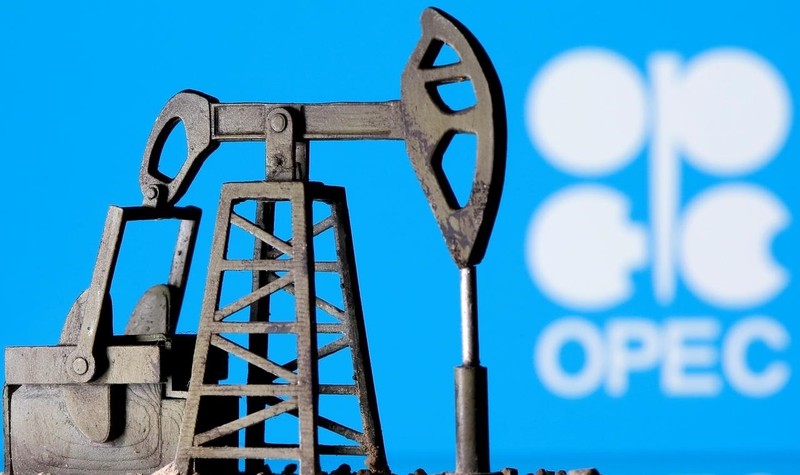In April, in the panic of the oil price crisis, the OPEC+ countries pledged to cut oil production in the context that demand for consumption has plummeted due to the impact of the COVID-19 pandemic.
Oil producers agreed to a deep cut in production over the past few months and the reduction for September 2020 as planned by OPEC+ will be 7.7 million barrels per day (bpd).
The OPEC+ countries’ efforts to stabilise the market over the past time have shown results. After falling less than US$20 per barrel in April, the price of Brent crude oil stood at US$42-45 per barrel in July, although demand for oil worldwide is still very low as the epidemic continues to “cast a shadow” on the global economic growth.
After avoiding a price crisis, OPEC+ countries have now quickly regained their positions and agreed to work together to maintain production cut at the highest level ever.
However, according to analysts, it is very difficult for the OPEC+ members to “keep their word” and the implementation of the commitment is facing many challenges.
In fact, some member countries have not fulfilled their commitments yet. According to market analysis by S&P Global, while JMMC set the overall output quota compliance of OPEC+ members at 97%, Iraq’s compliance rate in July 2020 was only 83% and of Nigeria was 65%.
This is the reason why at the meeting on August 19, Saudi Energy Minister Prince Abdul Aziz bin Salman highlighted “cuts, compliance and compensation” as the foundation of the effort to rebalance the oil market.
Another big challenge is that as the global economy continues to struggle the demand for oil will not increase. At present, although oil inventories have decreased, the International Energy Agency (IEA) predicted that even though demand will increase slightly in the second half of this year, the general outlook remains gloomy with unpredictable hidden factors.
The IEA recently revised down its forecast for oil consumption by 140,000 bpd in 2020 and 240,000 bpd in 2021. Oil demand may drop more sharply than forecast amid the pace of growth of leading economies such as the US, Japan and the European Union (EU) slowing down.
In the world's second largest economy, China, oil consumption has returned to pre-pandemic levels, but US-China trade tensions may erode market prospects.
Meanwhile, many oil-dependent economies of OPEC have faced numerous difficulties, forcing them to “tear barriers” to adjust their oil export quotas. For example, Saudi Arabia will also face many challenges in the near future. The International Monetary Fund (IMF) has recently adjusted for Saudi Arabia's 2020 GDP forecast, down by 6.8%, rather than the 2.3% as in IMF’s April forecast.
Analysts said that US shale oil and gas will also be a factor that can “hinder” OPEC+’s efforts to reduce output and increase oil prices. Although shale oil output has dropped by 2 million bpd in the past time compared to 13.1 million bpd in mid-March, the WTI US shale oil price remained at over US$40 per barrel in July. In addition, US energy companies are not responsible for complying with OPEC+’s production cut regulations, so shale oil companies are likely to undermine the organisation's plan to cut production.
With the consensus at the recent video meeting, OPEC+ has affirmed its determination to continue to extend the production reduction plan, which has been carried out from 2017 until 2022. This plan is based on the basis that most analysts believe that the global market will shift from oversupply to undersupply due to production cuts and then demand will recover.
However, in the context of the many above-said challenges and the world economy still being heavily dependent on the evolution of the COVID-19, it is not easy for OPEC+ to fulfil its commitments.
















